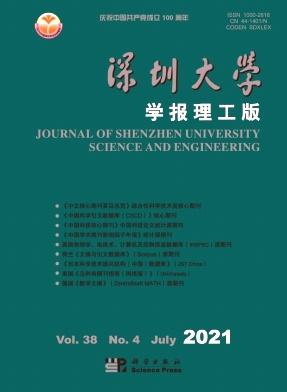机器学习算法在燃料棒温度性能预测中的应用
Q4 Engineering
Shenzhen Daxue Xuebao (Ligong Ban)/Journal of Shenzhen University Science and Engineering
Pub Date : 2022-09-01
DOI:10.3724/sp.j.1249.2022.05515
引用次数: 0
摘要
摘要:为了有效地预测燃料棒的温度性能,我们建立了一系列基于k近邻、决策树和AdaBoost算法的机器学习模型。燃料棒性能分析软件JASMINE和数据特征工程的输入参数和计算结果被用作机器学习模型的训练和测试数据。模型通过训练数据集进行训练,训练数据集包括特征参数,如芯块和包层类型、轴向高度、局部功率、包层腐蚀厚度和堆芯入口温度。训练后,模型使用测试数据来预测包壳外表面温度和芯块中心温度。预测结果表明,基于AdaBoost算法的模型具有最好的预测性能,包壳外表面温度和芯块中心温度的均方误差为0。605°C和8。347°C,平均绝对误差为0。273°C和3。814°C。将预测值与目标值进行比较,Adaboost算法对包壳外表面温度的最大偏差为3°C,芯块中心温度的大部分预测偏差小于10°C,表明基于Adabost算法的模型对燃料棒的温度性能具有较高的预测精度。本文章由计算机程序翻译,如有差异,请以英文原文为准。
Application of machine learning algorithm in the prediction of fuel rod temperature performance
Abstract: In order to predict the fuel rod temperature performance effectively, we establish a series of machine learning models based on k-nearest neighbor, decision tree and AdaBoost algorithms. The input parameters and calculation results of fuel rod performance analysis software JASMINE and data feature engineering are used as the training and test data for the machine learning models. The models are trained by the training data set which includes the characteristic parameters such as pellet and cladding type, axial height, local power, cladding corrosion thickness and core inlet temperature. After training, the models use the test data to predict the cladding outside surface temperature and pellet center temperature. The prediction results show that the model based on AdaBoost algorithm has the best prediction performances, and the mean square errors of cladding outside surface temperature and pellet center temperature are 0. 605 °C and 8. 347 °C, respectively, and the average absolute errors are 0. 273 °C and 3. 814 °C , respectively. Comparing the predicted values with the target values, the maximum deviation of Adaboost algorithm for the cladding outside surface temperature is 3 °C, and the most of the prediction deviation of the pellet center temperature is less than 10 °C, indicating that the model based on AdaBoost algorithm has the high prediction accuracy for the temperature performance of fuel rods.
求助全文
通过发布文献求助,成功后即可免费获取论文全文。
去求助
来源期刊

Shenzhen Daxue Xuebao (Ligong Ban)/Journal of Shenzhen University Science and Engineering
Engineering-Engineering (miscellaneous)
CiteScore
0.90
自引率
0.00%
发文量
14
 求助内容:
求助内容: 应助结果提醒方式:
应助结果提醒方式:


